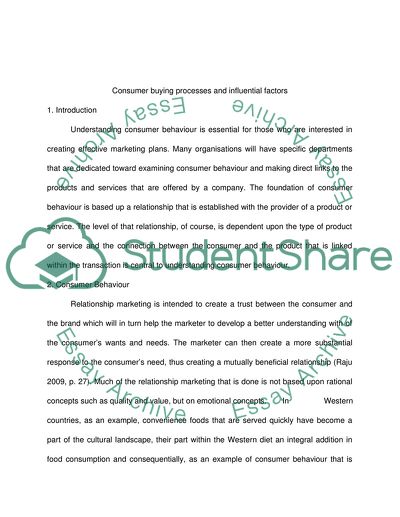Cite this document
(Consumer Buying Motives and Influential Factors Coursework - 1, n.d.)
Consumer Buying Motives and Influential Factors Coursework - 1. Retrieved from https://studentshare.org/marketing/1747805-outline-and-explain-the-consumer-buying-decision-making-process-and-its-influencing-factors
Consumer Buying Motives and Influential Factors Coursework - 1. Retrieved from https://studentshare.org/marketing/1747805-outline-and-explain-the-consumer-buying-decision-making-process-and-its-influencing-factors
(Consumer Buying Motives and Influential Factors Coursework - 1)
Consumer Buying Motives and Influential Factors Coursework - 1. https://studentshare.org/marketing/1747805-outline-and-explain-the-consumer-buying-decision-making-process-and-its-influencing-factors.
Consumer Buying Motives and Influential Factors Coursework - 1. https://studentshare.org/marketing/1747805-outline-and-explain-the-consumer-buying-decision-making-process-and-its-influencing-factors.
“Consumer Buying Motives and Influential Factors Coursework - 1”, n.d. https://studentshare.org/marketing/1747805-outline-and-explain-the-consumer-buying-decision-making-process-and-its-influencing-factors.


